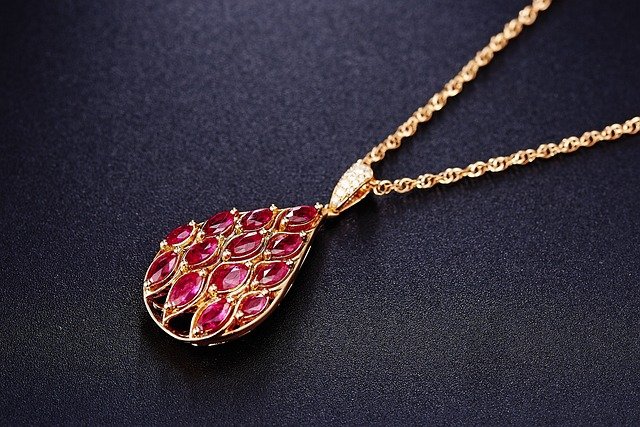Pendant: Design, Metalwork, and Styling Guide
A pendant is a small object hung from a chain, cord, or clasp and worn as personal adornment. Its forms range from minimalist geometric shapes to detailed figurative pieces, and materials span precious metals, alloys, glass, and organic elements. Pendants can signal personal taste, cultural identity, or sentimental value, while also reflecting the techniques and traditions of metalwork and metalworking.

How does metalwork influence pendant design?
Metalwork provides the structure, finish, and durability of most pendants. Techniques such as forging, casting, filigree, and engraving determine how a design translates into a wearable form. Choice of metal—silver, gold, brass, stainless steel, or mixed metals—affects weight, color, and how surface treatments like patina or polishing will appear. Designers consider grain, tensile properties, and soldering behavior during the planning phase so the final pendant balances aesthetic intent with functional strength.
What metalworking techniques shape pendants?
Metalworking for pendants commonly includes sawing, annealing, hammering, and casting. Lost-wax casting enables complex three-dimensional forms, while sheet metalwork produces flat or domed silhouettes. Filigree and granulation offer delicate decorative textures, and stone setting methods integrate gems securely. Finishing techniques—buffing, sandblasting, plating, and chemical patination—complete the piece. Each method carries trade-offs in cost, production time, and scalability that makers weigh when creating custom or small-batch pendants.
In what ways is a pendant used as adornment?
As adornment, pendants function both visually and symbolically. They draw attention to the neckline and can serve as focal points for an outfit. Symbolic pendants—religious medals, initials, lockets—carry personal stories or cultural meanings. The size, movement, and placement of a pendant influence the overall look: longer chains create vertical lines, while shorter chains concentrate focus near the collarbone. When combined with other jewelry, pendants can complement or contrast metal tones, textures, and proportions to achieve a cohesive effect.
How does pendant style interact with personal fashion?
Choosing a pendant style means considering proportion, material, and context. Minimalist pendants work well for everyday wear and layered looks, while bolder statement pendants suit evening ensembles or creative styling. Match the pendant’s scale to your body frame and clothing neckline: small pendants for high necklines, larger pieces for open collars. Color and metal tone should harmonize with wardrobe palettes; mixing metals is increasingly accepted when balanced thoughtfully. Style is also about longevity—selecting designs that suit both current trends and personal taste.
What should you know about care and maintenance for pendants?
Care depends on materials and finishes. Precious metals may tarnish and benefit from periodic polishing with appropriate cloths; plated items can wear over time and should avoid abrasive cleaners. Remove pendants during activities that risk impact, chemicals, or moisture to preserve stones and soldered joints. For intricate metalwork, occasional professional cleaning or inspection from local services can address loose settings or worn chains. Storing pieces separately prevents scratching and minimizes exposure to humidity that accelerates tarnish.
Where to find local services for custom pendants or repairs?
If you’re seeking custom design, remounting, resizing, or repair, look for local services with experience in metalwork and jewelry metalworking. Independent goldsmiths, artisan studios, and certified jewelers commonly offer bespoke commissions and repair work. When choosing a provider, review portfolios for examples of techniques you want, ask about materials and warranties, and confirm turnaround times. Many communities have workshops that offer consultations and can advise on design feasibility, material selection, and care recommendations tailored to your pendant.
Conclusion
Pendants are versatile accessories that blend craftsmanship, personal expression, and practical design. Understanding how metalwork and metalworking techniques influence form and finish helps in selecting or commissioning pieces that suit your style and lifestyle. Whether you prefer understated adornment or a more pronounced statement, considering materials, care, and available local services will help ensure a pendant remains a meaningful and well-made part of your wardrobe.






